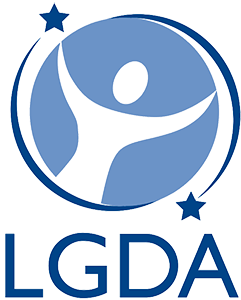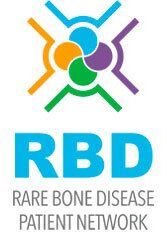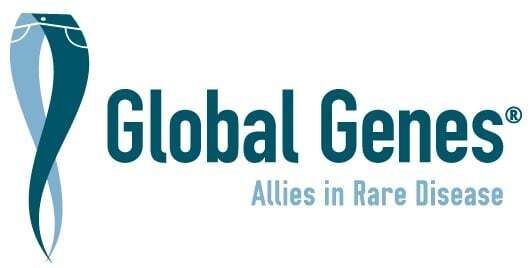What are the Phases of a Clinical Trial?
Preclinical:
Laboratories establish a scientific basis that a drug is reasonably safe and may be effective.
Phase I:
The first stage of human testing. Typically involved fewer than 100 healthy volunteers. This phase look at the risks and side effects of a drug.
Phase II:
Up to a few hundred volunteers who have the condition the drug is designed to treat are enrolled. This phase provides further information about safety and help to determine the best dosage of a drug. Phase II trials are generally too small to provide clear evidence about a treatment’s benefit.
Phase III:
Several hundred to thousands of volunteers are enrolled, often at multiple study sites worldwide. This phase provides the chief evidence for safety and effectiveness that the FDA will consider in deciding whether to approve a drug.
Phase IV:
This phase, also called the post-marketing phase, is often required by the FDA after a drug is approved. During this phase, researchers continue to monitor the health of people taking the medication to gain further insight into its long-term safety and effectiveness.











